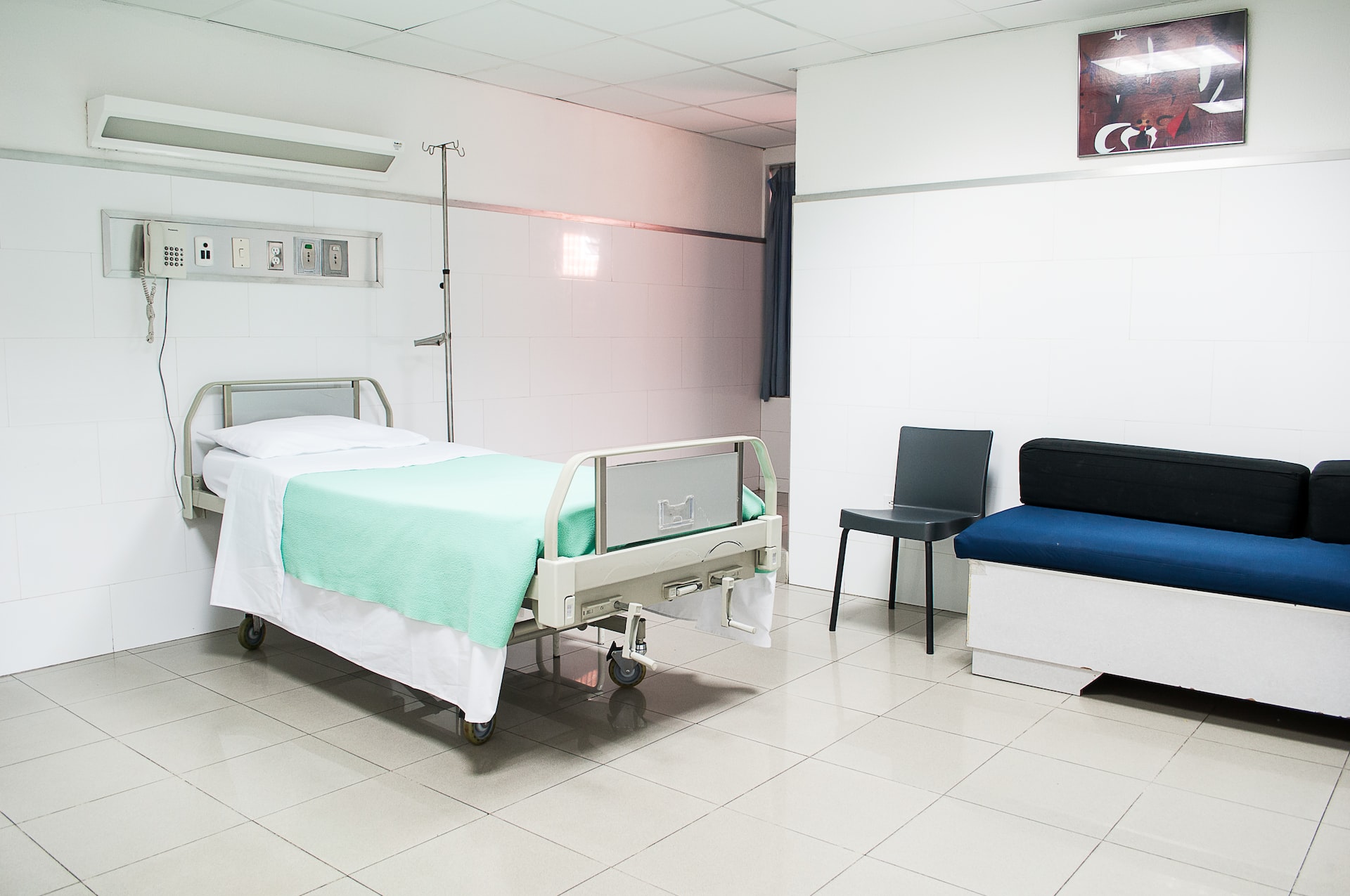Health care system in Nigeriais pluralistic with both modern and traditional healthcare professionals, as well as governmental and private healthcare facilities. The three layers of government are jointly responsible for providing healthcare.
Central Administration Of The Health Care System In Nigeria
Through the Federal Ministry of Health(FMOH), the Federal Government is in charge of tertiary healthcare and also develops health policies. Through teaching hospitals, federal medical facilities, specialty hospitals, and medical research institutes, this level also offers specialized services. In addition to providing tertiary health care, the FMOH is in charge of making sure the NMEP is carried out.
State Administrations
The state governments coordinate PHC implementation at the local government area (LGA) level through the State Primary Health Care Development Agency.
Most of the time, tertiary care is given by state-owned teaching hospitals (SPHCDA), but state general hospitals are the main way that secondary care is given.
The state governments change federal policies and strategies and take the lead in putting AIDS, TB, and malaria program interventions, as well as health strategies and priority activities, into action.
Regional Governmental Units
Local government areas (LGAs) are also in charge of ward health committees, village health committees, private health care providers, and traditional and alternative health care providers. They do this to improve service delivery and community mobilization.
Advanced Level
Government-run teaching and specialist hospitals on the federal levelFederal Health Facilitiesprivate medical facilitiesPrimary Level
State-owned And Operated
Primary-level general hospitals Private clinics and hospitals
LGA-run
Localized healthcareCenters for Primary and Comprehensive Health (PHC and CHC)
Level 5
Each LGA's medical officer of health (MOH) is in charge of a group of primary health care centers (PHCs).
Level 4
A nurse or midwife is in charge of a PHC and consults with the supervising MOH in challenging situations. In LGAs without medical officers, the most senior nurse fills in as the supervisor.
Level 3
Community health officers (CHOs), who are nurses' superiors in rank, oversee the PHC when a nurse is not there. After their first year of training as Community Health Extension Workers (CHEWs), CHOs spend another year learning in a teaching hospital.
Level 2
Community Health Extension Workers(CHEWs) with a three-year community health technology diploma
Level 1
Volunteer health workers (VHWs) and traditional birth attendants are part-time workers who have had informal training to help the PHC find cases and involve the community.
Private Clinics
Nigeria's health services are paid for by both the federal and state governments. However, most medical costs are paid for by families and individuals as "out-of-pocket expenses" (OOPE), and there aren't many health insurance options.
Bribery And Poor Management
Nigeria has an endemic, pervasive culture of corruption, which is primarily to blame for the country's and the health system's current status. This is the basis for the misperception and the failure to restructure the PHC in accordance with the WHO recommendations.
Because of corruption, it is now impossible for government and health system leaders to put their words into action and genuinely work to create a system that can give the general public access to health care. Some institutions teamed up with foreign medical research centreslike StationZilla or health NGOs like Doctors Without Borders and even international organizations like the Red Cross.
The misunderstanding that PHC is a program for the poor and the resistance to systemic reform, despite the overwhelming evidence of its failure and rejection and the knowledge of the WHO strategy for reform, are both rooted in a lack of a sense of social justice.
The staggering 1.6 billion dollars in annual capital flight from Nigeria spent on medical tourism, notably by the political class, is proof of their awareness and rejection of the subpar quality of care in Nigeria. Massive corruption within the system has drained all available funds, dramatically hastening its demise.
Low Financing
Despite Nigeria being a signatory to charters that call for more (the Abuja Declaration calls for 15%), the health budget has always been less than 5% of the national budget. The majority of nations with comparable incomes fare worse than this one.
The 2022 health budget made up 4.3% of the overall budget, or around N3,453 per person. a sum that cannot guarantee everyone access to healthcare. Due to the fact that these disorders are also the ones monitored for health system performance, the reliance on donor funds for the priority diseases and programs may be a factor.
Policy Making
Health status, risk factors, morbidity, and mortality trends should be monitored to establish priorities and direct the development of policy, but this is not the case in Nigeria because the government is responsible for the health of its inhabitants.
Global organizations and donors set the health goals, and the vertical programs' requirements are the only considerations for implementation.
This frequently leads to very poor program effectiveness, inefficient resource utilization, and poor sustainability.
Additionally, because the emphasis is on vertical programs that are targeted at certain population groups to address global concerns rather than providing holistic health services for the entire community, it has hampered the development of the health system.
The Primary Health Care Under One Roof initiative was made because of the failures of several vertical programs and the fragmenting effects of the system.
This had the intention of unifying the various programs under one management, eliminating duplication of funds, manpower, facilities, and competition, but it was not successful in enhancing the performance of the system or producing better results for the programs.
Vertical stand-alone programs must be integrated into a well-structured PHC system in order to provide complete first-contact care to all facets of the population. Vertical stand-alone initiatives are costly and ineffective. The WHOalso cites this as a key factor in the collapse of the health systems in LMICs.
People Also Ask
How Many Types Of Health Care Systems Exist In Nigeria?
Primary health care is the first of Nigeria's three healthcare levels. Additional healthcare and secondary medical care.
What Are The Three Tiers Of Nigeria Health System?
In Nigeria, the federal, state, and local government levels of the health system each have a significant degree of autonomy and control over how resources are allocated and used. The National Health Policy and, more recently, the National Health Bill give each level roles and responsibilities.
What Are The Common Sources Of Health Care In Nigeria?
This includes modern medicine, faith-based healing practices, and conventional healthcare systems. Each of these healthcare systems has a wide range of practitioners and subdivisions.
Conclusion
The healthcare system in Nigeria is underdeveloped. There are no developed surveillance systems that are suitable and effective.
A system well-grounded in regular monitoring and medical intelligence as the backbone of the health sector is important, in addition to competent management coupled with strong leadership principles, to achieve success in health care in this modern day.

